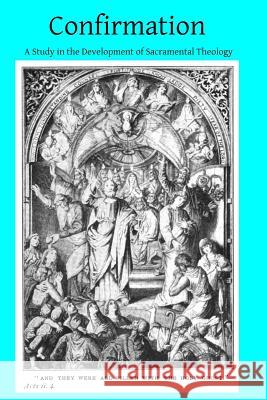Confirmation: A Study in the Development of Sacramental Theology » książka
Confirmation: A Study in the Development of Sacramental Theology
ISBN-13: 9781499150445 / Angielski / Miękka / 2014 / 200 str.
EVEN those who are possessed of a mere superficial acquaintance with Sacramental Theology will have noticed what pains our Catholic Theologians have taken to provide an answer to the question 'How did Christ institute the Sacraments?' They cannot, moreover, have failed to notice that the writers have sought for a solution along two different lines. Some prefer to regard the matter from an a priori standpoint and deduce, what is ' from' what ought to be.' Others, questioning the premises, prefer to examine facts before they theorise. The conclusions of the two schools are, as might be suspected, as divergent as their methods. Convinced that the historico-theological attitude is correct, the writer of the present essay turned his attention to the Sacrament of Confirmation to see if he could derive any light from its history: the essay is a presentation of the results of his investigations. He finds that in apostolic times, and for centuries afterwards, the rite of Confirmation consisted of an imposition of hands with prayer. The lineal descendant of this rite is, he maintains, consignation with chrism together with the indicative form. He cannot sympathize much with those who see an imposition in the very act of unction: he thinks that the theory is a deus ex machina solution of a difficulty which rests on false assumptions. The antiquity to which it lays claim does not lessen its improbability. It was begotten of difficulties, as it thrives in them. The history of this sacramental rite is of exceptional interest; and the writer has found it none the less interesting because it has forced him, against his wishes almost, to the conclusion that Christ determined the matter and form of the Sacrament merely in a generic fashion, and left to his Church the power to make specific changes in the sacred rite.
Zawartość książki może nie spełniać oczekiwań – reklamacje nie obejmują treści, która mogła nie być redakcyjnie ani merytorycznie opracowana.











